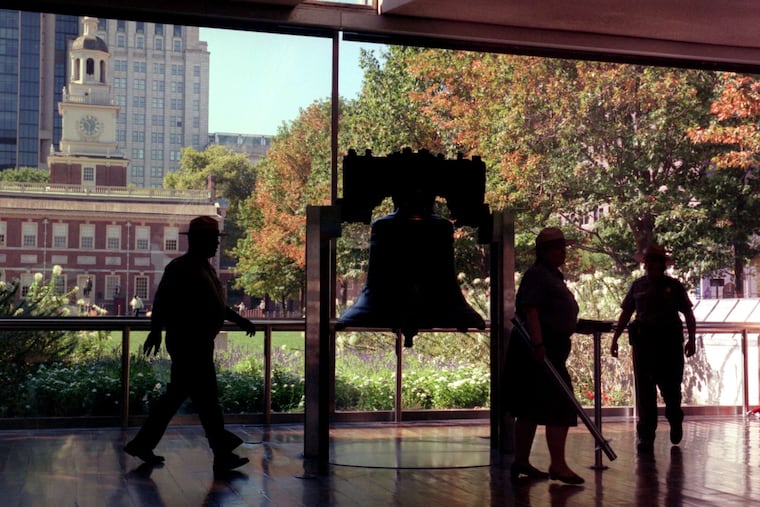Romaldo Giurgola; architect was leader of 'Phila. School'
Romaldo Giurgola, 95, who was a member of an influential group of Philadelphia architects who pushed back against Modernist orthodoxies and helped make the city a hotbed of innovative design thinking in the 1960s, died Sunday, May 15, in Canberra, Australia, where he had lived since 1982.

Romaldo Giurgola, 95, who was a member of an influential group of Philadelphia architects who pushed back against Modernist orthodoxies and helped make the city a hotbed of innovative design thinking in the 1960s, died Sunday, May 15, in Canberra, Australia, where he had lived since 1982.
Mr. Giurgola, who was fondly known by colleagues as "Aldo," was a Roman native who moved to Philadelphia in the late 1950s to teach architecture at the University of Pennsylvania. He soon fell in with two other upstarts, Robert Venturi and Louis Kahn, who were also beginning to question Modernism's harsh, functionalist approach. They were dubbed "the Philadelphia School" after Progressive Architecture magazine ran an article on their work in 1961.
Mr. Giurgola was by far the most prolific of the group. After partnering with fellow professor Ehrman B. Mitchell, they won a string of high-profile commissions. Their firm, Mitchell/Giurgola, was responsible for some of the most important projects built in Philadelphia in the run-up to the Bicentennial, including the Penn Mutual tower at 508 Walnut St., the United Way headquarters at 1709 Benjamin Franklin Parkway, and the original Liberty Bell Pavilion on Independence Mall.
At a time when much of architecture was hostile to history and context, what distinguished Mr. Giurgola's work was its respect for its surroundings.
His United Way building was considered radical because each of its three facades was designed differently, in response to its neighbors and the angle of the sun. At Penn Mutual, he preserved an 1835 Egyptian Revival facade by John Haviland and made it a feature of the dramatic entry plaza.
Mr. Giurgola's work, according to the architectural historian Kenneth Frampton, had "the generosity and civic grandeur that was once associated with H.H. Richardson," the great 19th-century American designer of libraries and government buildings.
Although Venturi and Kahn may be better known, it was Mr. Giurgola "who most fully embodied the ideas of the Philadelphia school," said John Lobell, who teaches architecture at the Pratt Institute and who trained at Penn in the '60s.
Probably the most common word used to describe Mr. Giurgola's designs is humanist.
"Being a Roman, he had a strong appreciation for urban placemaking, and the simple, direct way that Italian buildings present themselves to the street," said Alan Greenberger, an architect and former Philadelphia deputy mayor for planning, who got his start working for Mitchell/Giurgola.
Mr. Giurgola was experimenting with contextualism as early as 1962. One of his finest Philadelphia compositions was a two-window-wide addition to the Philadelphia Life Insurance building, a small, columned, Neoclassical structure at Broad and Cherry Streets. While his contribution was frankly modern, it stood as a respectful, elegant equal.
Mr. Giurgola became chair of Columbia University's architecture department in 1966, but he continued to maintain his Philadelphia office. In 1982, after he won an international competition to design a new Australian parliament building, he moved to Canberra. He won the Gold Medal from the American Institute of Architects the same year.
Mr. Giurgola lived long enough to see several of his Philadelphia buildings demolished.
The Liberty Bell Pavilion came down in 2006. The state demolished his insurance company building in 2008 for the Convention Center expansion, despite promises to incorporate it into the new design. Now, his William Penn High School at 1333 N. Broad St., one of his least-loved buildings, is being reduced to rubble.
ingasaffron@gmail.com 215-854-2213 @ingasaffron www.philly.com/saffron